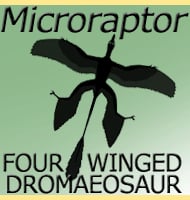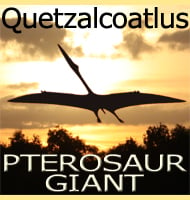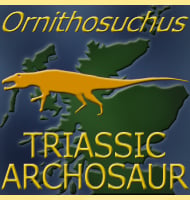In Depth
Fasolasuchus was not only one of the last but it was possibly the largest of the rauisuchians. Unfortunately however incomplete remains mean that only a range estimate of between eight and ten meters is possible. The next largest rauisuchian is Saurosuchus which is also from Argentina and is estimated at seven meters long, however, Saurosuchus is also known only from incomplete remains, and analysis of these has yielded an upper estimate of up to nine meters long. This means that there is an outside chance that Saurosuchus is actually larger than Fasolasuchus although without more complete material for either one it remains impossible to be certain.
Despite the lack of certainty about its size, Fasolasuchus is still one of the larger rauisuchians and as such it would have been the apex predator of its ecosystem. This would have seen Fasolasuchus dominant over newly emerging predatory dinosaurs like Herrerasaurus that even at its maximum size estimate, would have been smaller, lighter and overall been less powerful predators than Fasolasuchus. However despite the advantages that Fasolasuchus had, it was a heavy quadrupedal predator that did not have speed on its side. This means that it would have had to focus upon hunting other reptile groups that were larger and slower, the disappearance of which at the end of the Triassic may have caused the disappearance of Fasolasuchus itself when it found it was too slow to catch the new and faster dinosaurs that were taking over the planet as the dominant creatures.
An interesting thing to note about Fasolasuchus is the single row of osteoderms that rand down its back. Usually rauisuchians had more than this so that they would have some form of defence against attacks from other rauisuchians as they tried to deliver bites to the neck and the spine. As one of the largest rauisuchians in its ecosystem however, Fasolasuchus may have only had to worry about conflict with others of its species, perhaps in contests of carcasses or mating.
Further Reading
– Description de Fasolasuchus tenax y su significado en la sistemarica y evolucion de los thecodontia. – Revista del Museo Argentino de Ciencias Naturales Bernardino Rivadavia 3:55–101. – Jose F. Bonaparte – 1981.










